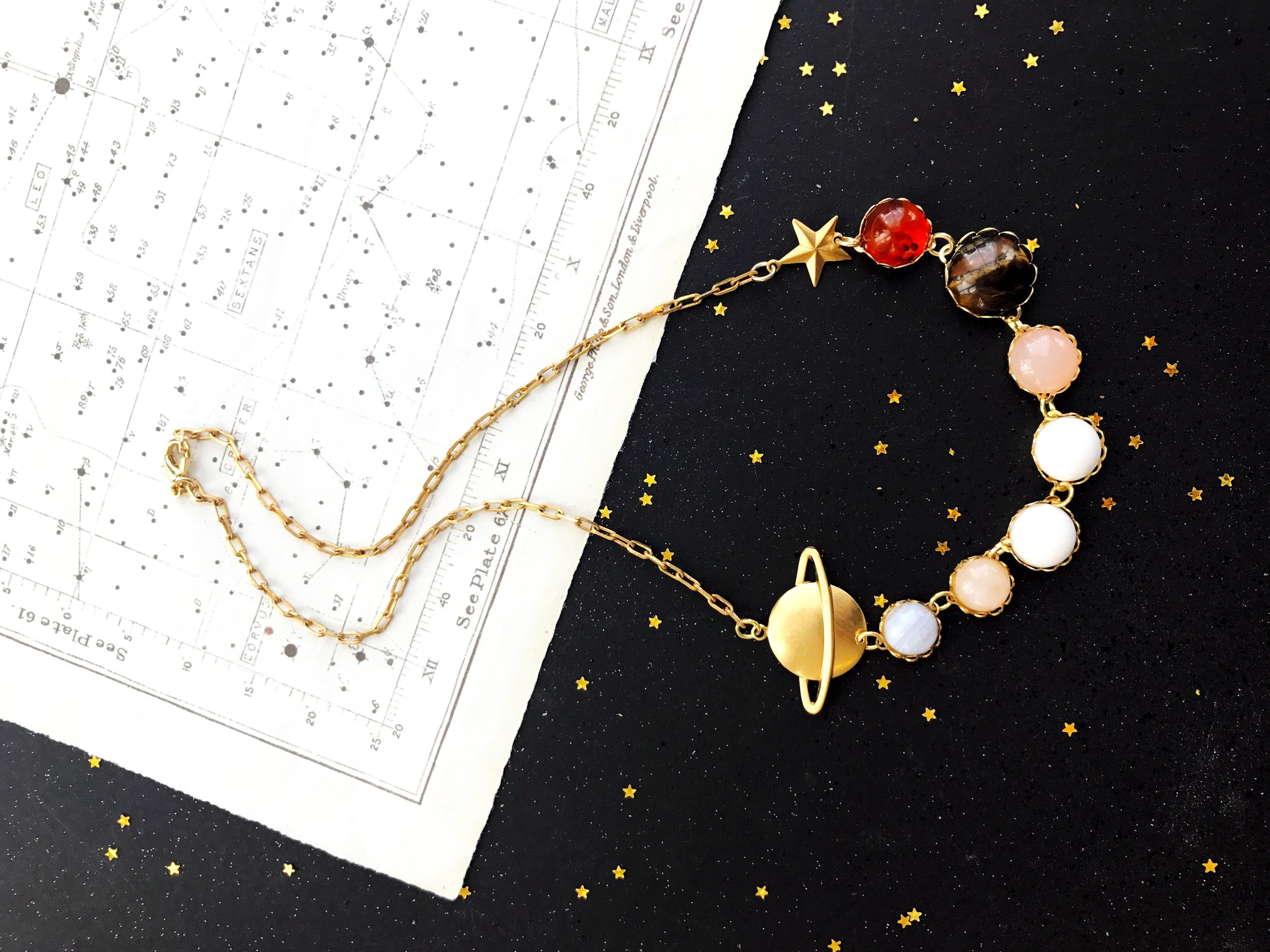cassini's swan song...
So after sterling service in space the wonderful Cassini probe is about to go to its fiery end.
On Friday, September 15, around 6:30 am EDT, NASA will watch its 20-year-old, spacecraft to crash into Saturn.
After two decades in space, NASA's Cassini spacecraft is nearing the end of its remarkable journey of exploration. Having expended almost every bit of the rocket propellant it carried to Saturn, operators are deliberately plunging Cassini into the planet to ensure Saturn's moons will remain pristine for future exploration.
The space agency really has no other choice. Cassini is nearly out of fuel, and has already been stretched years beyond its intended mission duration. What’s more, keeping it going risks potentially contaminating one of Saturn’s moons — like Enceladus, an ice world that has some ingredients for life, or Titan, a dynamic moon where it rains methane — with microbes from Earth.
The crash will be one last, spectacular moment in Cassini’s “Grand Finale”
Before Cassini, we had only brief glimpses of the discoveries awaiting us at Saturn. Pioneer 11 and Voyagers 1 and 2 conducted flybys decades ago, taking pictures, measurements and observations as they zoomed past. These missions shed new light on Saturn’s complicated ring system, discovered new moons and made the first measurements of Saturn’s magnetosphere. But these quick encounters didn’t allow time for more extensive scientific research.
Cassini changed all that. It began the first in-depth, up-close study of Saturn and its system of rings and moons in 2004. It became the first spacecraft to orbit Saturn, beginning a mission that yielded troves of new insights over more than a decade. The Saturnian system proved to be rich ground for exploration and discoveries, and Cassini's science findings changed the course of future planetary exploration.
Becky and those creative clever girls over at Eclectic Eccentricity has released GIVE ME A RING SOMETIME, a clever and beautiful necklace depicting Saturn and her moons, to coincide with The Grand Finale of NASA's Cassini mission.
GIVE ME A RING SOMETIME shows the Big 7 of these orbiters: from the closest to Saturn, Mimas through to the Iapetus, orbiting at a distance of 3.5 million km.
Mimas, the smallest of the major moons: Hematite
Enceladus, the moon most likely to harbour life: Rose Quartz
Tethys, composed almost entirely of water-ice: White Jade
Dione, the fourth largest satellite of Saturn: White Jade
Rhea, found to have an Oxygen atmosphere by Cassini in 2010: Rose Quartz
Titan, the largest of the Saturn satellites: Tiger Eye
Iapetus, with its two sides: Amber
See you all over on the NASA website. Us space geeks have to stick together.
Queen Marie





